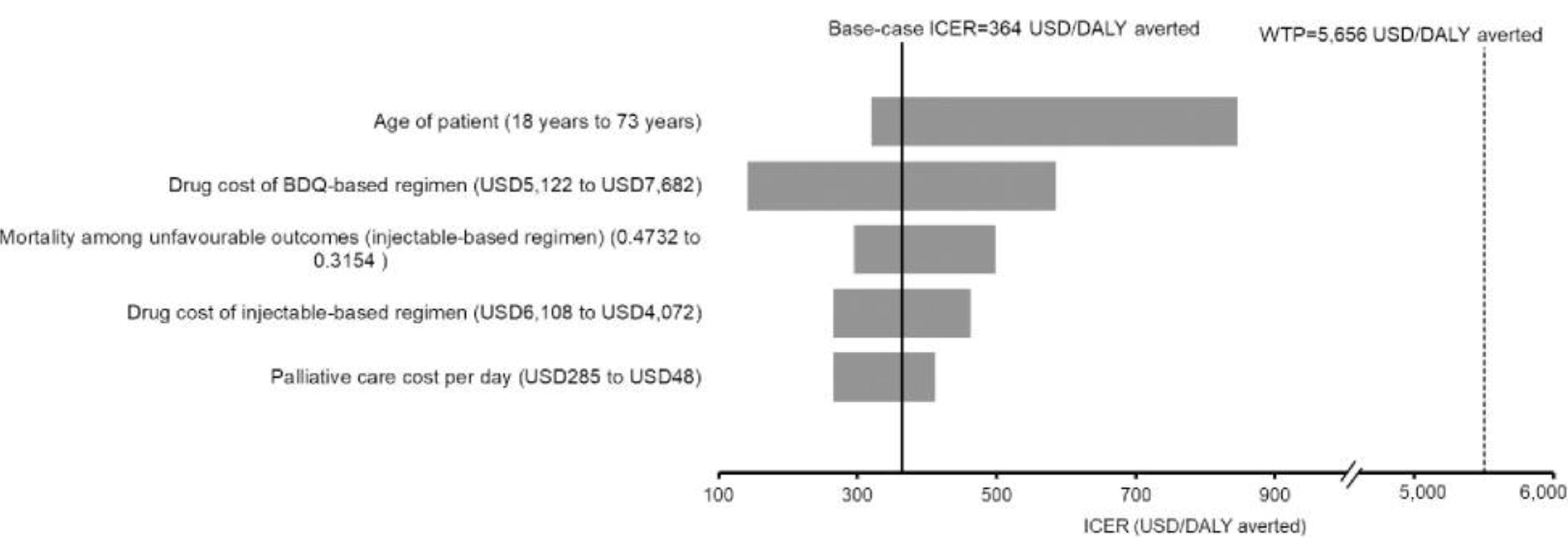That's great news thanks for the update! Its fantastic how big pharma has recently been throwing some pretty big bones to the not-for-profit world to manage TB, with this and the vaccine now in control of non-profits
Overseeing the production and delivery of drugs and vaccines is a big step for non profits, and this is going to be an important tests whether they can do it or not - I hope it works out really well!
In terms of cost-effectiveness, from an EA perspective at least the major benefit of treating MDR/XDR TB probably comes from reducing the chance of a disastrous strain of TB which could readily spread and be basically untreatable, rather than just looking a short distance ahead like this paper did.
"All three prior analyses in South Africa were performed over a long (10 years) time horizon to capture the downstream cost and DALYs of multidrug-resistant TB-related treatment failure"
Looking 10 years ahead is actually pretty impressive, but the cost-effectiveness analysis could look a lot more impressive if they looked 100 years ahead, and also considered low probablility catastrophic outcomes too. Indeed it would be very difficult to calculate with huge errors, but not as hard as things like AI cost-effectiveness calculations! Unfortunately we won't see that kind of analys much in peer-reviewed papers, because it wouldn't get accepted like it would here on the forum ;)
Reducing the cost of the drugs is great, and might have an incremental effect on cost-effectiveness, but perhaps from my (and a more
"EA perspective" the biggest potential benefits here are that if we can treat more people with MDR/XDR, we have a better chance of preventing catastrophe later.

